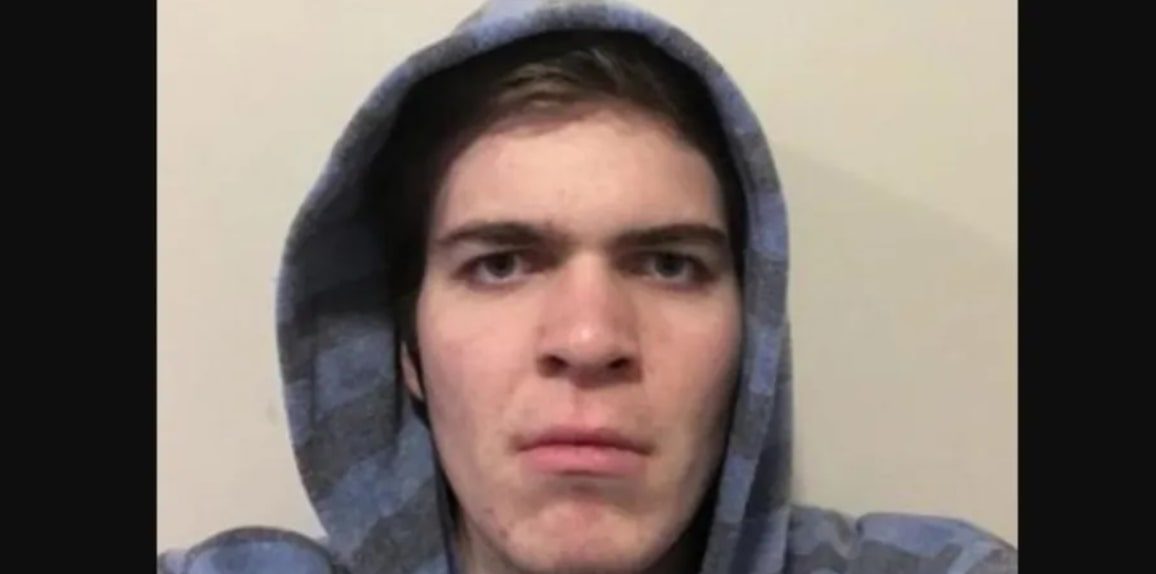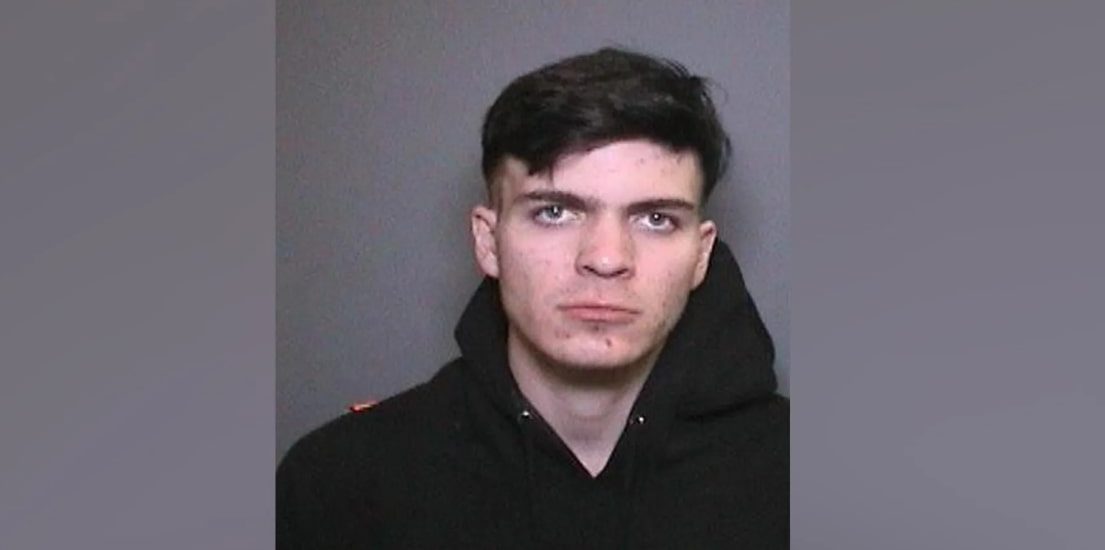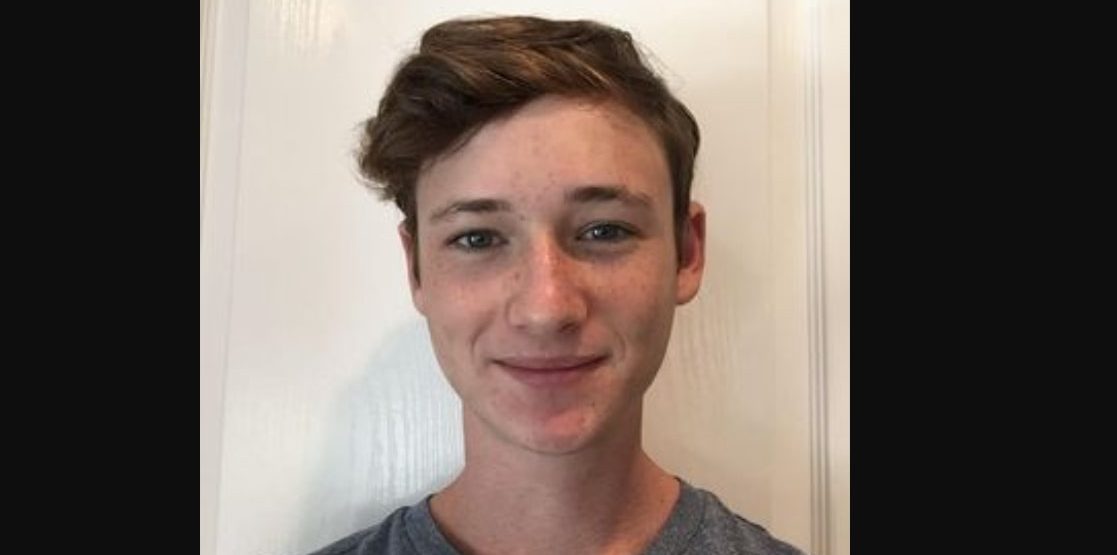Some crimes leave a mark far beyond the immediate victim and their family. They shake entire communities and force them to confront painful, often hidden realities. In January 2018, the disappearance and death of college student Blaze Bernstein stunned those who knew him and many who didn’t. The young man lived a quiet, uncomplicated life, and nothing about him seemed to invite such senseless violence. His murder raised disturbing questions about hatred and intolerance in everyday life. CBS’ ‘48 Hours: The Life and Death of Blaze Bernstein’ delves deep into the case, shedding light on the circumstances of his death and the mindset of his killer.
Blaze Bernstein Disappeared While He Was Visiting His Family in California
Blaze Nathan Bernstein was born on April 27, 1998, to Jeanne Pepper and Gideon Bernstein. His father worked as a Chartered Financial Analyst and managed portfolios at Leisure Capital Management. On the other hand, his mother, a trained lawyer, stepped away from her litigation career in 2000 to dedicate herself to raising Blaze and his two siblings, Beau and Jay, in Lake Forest, California. From a young age, Blaze stood out for his intellect and potential, and the gleam in his eyes hinted at a bright future. His parents deeply believed in his abilities and were committed to giving him every opportunity. They enrolled him at the Orange County School of the Arts, where he completed his high school education.

In August 2016, Blaze began his college journey at the University of Pennsylvania. Known for his strong writing skills, he quickly found his footing on campus and became the copy editor for both The Penn Review and the university’s food magazine, Penn Appétit. He had begun exploring a path in the medical field, attending pre-med programs and immersing himself in new opportunities. He was also highly principled and outspoken and played a key role in initiating a conversation about student safety on campus with the Vice Provost in October 2017. As the holiday season approached, Blaze looked forward to returning home and spending quality time with his family.
As Christmas and New Year passed, Blaze was enjoying time at home. On January 2, 2018, he told his family he was stepping out to take care of a few things. When he failed to show up for a dentist appointment later that day, where his mother was waiting, concern quickly escalated. Repeated calls to his phone went unanswered, prompting the family to contact the police. News of his disappearance spread rapidly throughout the community, with volunteers joining in search efforts. Sadly, on January 10, 2018, Blaze’s remains were discovered in a bushy area of Foothill Ranch. The 19-year-old had suffered 28 stab wounds, and his death was confirmed to be a homicide.
Blaze Bernstein’s Killer Admitted to Meeting Him on the Day He Was Last Seen
The police quickly began speaking with members of the community and reviewing leads. Through their investigation, they learned that Blaze Bernstein had last been seen driving around with someone in a car. That individual was identified as 20-year-old Samuel “Sam” Lincoln Woodward, a former high school classmate of Blaze’s. Given their shared past, it initially didn’t seem unusual for them to reconnect. When authorities brought Sam in for questioning, he admitted to meeting Blaze and going to a park together. However, he claimed that the latter had walked off on his own and that he hadn’t seen him afterward. Sam also alleged that Blaze had tried to kiss him, and in response, he had pushed him away before leaving the area.

Authorities were skeptical of Sam’s version of events, especially given that the location he described was alarmingly close to where Blaze’s remains were ultimately discovered. This prompted the police to obtain and execute a search warrant for both Sam’s car and home. What they found painted a far more disturbing picture. Inside his car, investigators uncovered traces of Blaze’s DNA, confirming his presence there. Even more damning, the suspected murder weapon was recovered from his home. On January 12, 2018, he was arrested and charged with murder, along with the personal use of a deadly weapon. Yet, the most pressing question of his motivation still lingered, but the answer was not far off.
During the investigation, authorities discovered that Sam was affiliated with Atomwaffen Division, a group widely recognized as a neo-Nazi extremist organization. Through evidence collected from his social media and online activity, police confirmed that the group promoted hate against various protected communities. Given that Blaze was both Jewish and a member of the LGBTQ+ community, investigators believed the crime was driven by prejudice. Additional background revealed that Sam had previously been pulled out of high school after allegedly making homophobic remarks. In August 2018, two hate crime charges were formally added to his case. However, Sam pleaded not guilty to all charges.
Samuel Woodward is Behind Bars Today
Due to procedural delays and the COVID-19 pandemic, Sam Woodward’s trial did not begin until April 2024. During the proceedings, his defense team acknowledged that he had committed the crime but argued that it was not driven by antisemitic or homophobic intent. Instead, they claimed that Blaze had shared private messages between them with others and that Sam, who had grown up under a father with strongly homophobic views, acted out of fear and emotional distress. However, the prosecution countered this narrative with a significant body of digital evidence pointing to Sam’s extremist ideology.

They presented online activity, hateful messages, and even photos of Sam posing with known neo-Nazi figures. On July 3, 2024, Sam was found guilty of first-degree murder, with an added hate crime enhancement. In November 2024, he was sentenced to life in prison without the possibility of parole. Now 27 years old, Woodward is incarcerated at the California Medical Facility in Vacaville. With no eligibility for parole, he is expected to spend the remainder of his life behind bars.


